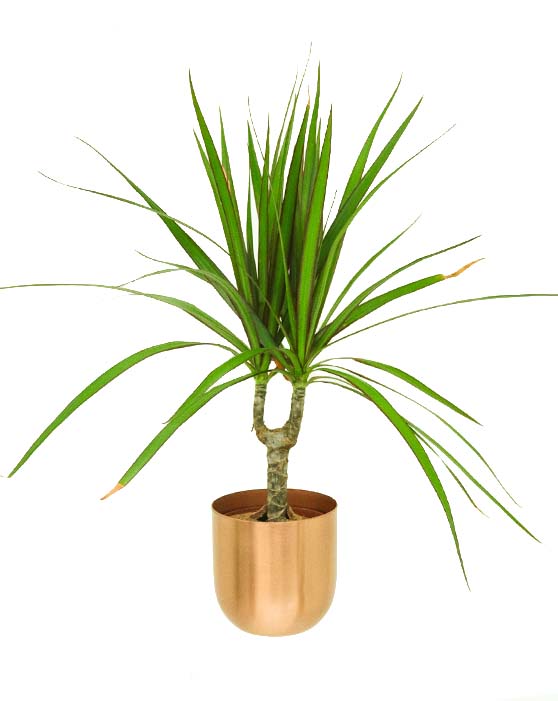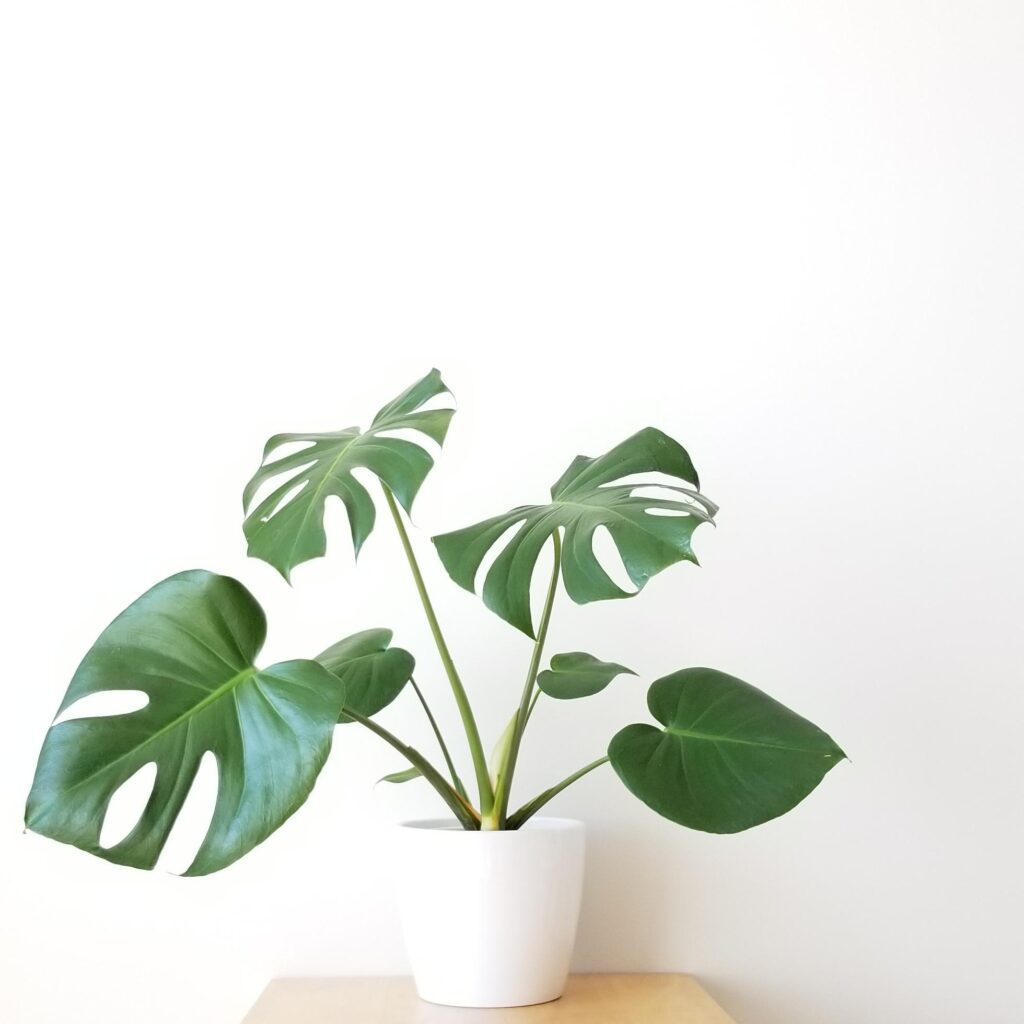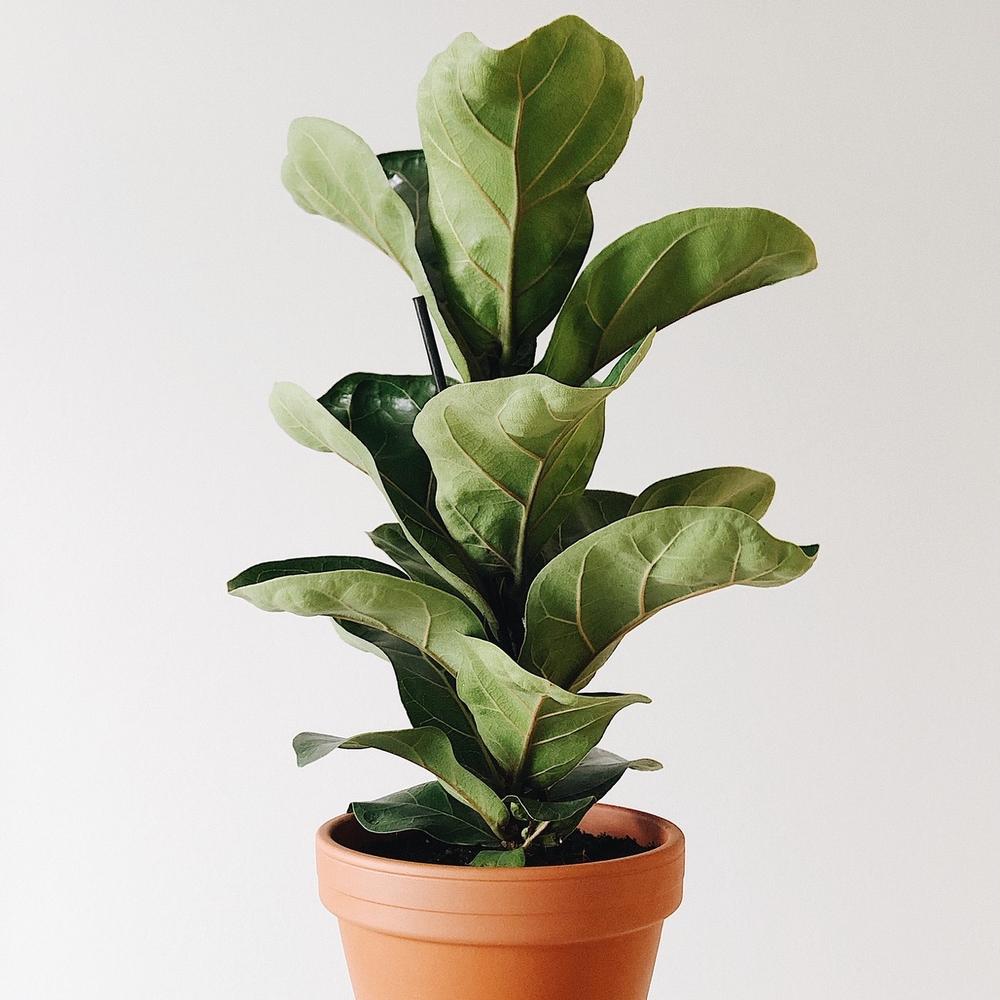Every house can be transformed in a second by the appearance of green plants in it. But there are so many of them that it is so difficult to make a choice. Our experts selected the best indoor plants for your home in 2024.
Benefits of Indoor Plants and Their Impact on Indoor Spaces
Indoor plants have become increasingly popular in recent years due to their numerous benefits. Some of the benefits of indoor plants include improved air quality, better mental health and overall well-being, increased productivity, and aesthetic appeal.
Air-purifying qualities of indoor plants
One of the most significant advantages of having indoor plants is their air-purifying capabilities. Certain indoor plants have been proven to remove toxins from the air, making the indoor environment healthier for inhabitants. In addition to improving air quality, indoor plants can also increase humidity levels in the air, which can be particularly beneficial during the dry winter months.
Psychological benefits of indoor plant
From a psychological standpoint, indoor plants have been shown to have a calming effect on people. The presence of indoor plants can reduce stress, anxiety, and even depression. In fact, studies have shown that simply being around indoor plants can improve mood and overall well-being. Indoor plants can also help increase productivity and creativity, making them a great addition to any indoor space.
Decorate indoor spaces
Last but not least, indoor plants can enhance the visual appeal of indoor spaces, adding color, texture, and life to any room. They can be a cost-effective way to decorate and bring nature indoors, creating a more welcoming and inviting atmosphere.
With all of these benefits, it’s no wonder indoor plants have become a popular choice for home and office décor. Whether you have a green thumb or not, there are many low-maintenance plants that are easy to care for and can thrive in indoor environments. So why not bring some greenery into your space and enjoy the benefits of indoor plants today?
Top 5 Indoor Plants in 2024
Home plants are a great way to bring nature indoors and liven up any space. We have collected some of the best indoors including the dracaena plant, monstera, aloe, and others.
These plants can live happily in a variety of conditions and are easy to grow, making them perfect for beginners or those with a busy schedule. With proper care and attention, these indoor plants can thrive and improve the air quality in your home.
Dracaena Plant
This plant belongs to the family of asparagus, also these plants are popular for their long, strap-like leaves and woody stems. Moisture-loving and thermophilic. Reminds me of a tropical palm. Designed to cleanse the energy at home, fight depression, and attract love and happiness.
Origin: Canary Islands. There are more than 120 species of Dracaena, which are native to Africa, southern Asia, and Central America. They are relatively easy to care for, as they can tolerate a range of lighting conditions, but they do require well-draining soil and regular watering.


Dracaena plants are popular houseplants and are often used in offices and other indoor spaces because of their ability to purify the air. Height is usually from 11 to 35 inches depending on the species. It grows slowly – no more than 6 inches per year. The comfortable temperature is not lower than +64 °F.
With good care, this indoor plant lives 5-15 years. Requires top dressing during the growth period (spring and summer seasons).
Monstera Plant
This nominee belongs to the Araceae family. Monstera is a popular houseplant because of its large, glossy, and unique leaves. Moreover, this indoor plant is priceless because it converts carbon dioxide into oxygen. The homeland of this plant is America (mainly its center, and south).
The leaves of the Monstera plant are typically large and deeply lobed, with large holes or splits that give it a distinctive appearance.


Montera is unpretentious regarding air, light, and frequency of water supply. The plant does not like stagnant moisture, then the soil turns green, and the roots and shoots rot.
The plant can grow up to several feet tall and often grow as a climbing vine, with its aerial roots used to attach to supports.
Aloe Houseplant
Aloe is a genus of succulent plants that belong to the Asphodelaceae family. The most well-known species is Aloe Vera, which is famous for its medicinal properties: it has antiseptic properties, helps with various diseases of the skin and internal organs, and can be used in cosmetology.
Aloe plants are native to Africa, but have been introduced to many other parts of the world. The plants have thick, fleshy leaves that form a rosette, and they produce spikes of tubular flowers in a variety of colors, including red, yellow, and orange.


Aloe vera is prized for its gel-like sap, which is extracted from the leaves. Million people use aloe vera in a variety of medicinal and cosmetic applications. The most useful Aloe Vera leaves are five years and older. The plant is unpretentious and easily multiplies. Aloe plants should be watered deeply but infrequently, allowing the soil to dry out between waterings.
Watch this video to learn how to use Aloe Vera in Your Beauty Routine.
Ficus Lyrata Plant
Ficus Lyrata, also known as the fiddle-leaf fig, is a species of flowering plant in the Moraceae family. It is native to western Africa, where it grows in lowland tropical rainforests.
Ficus Lyrata grows up to several feet tall and has wide beautiful leaves up to 18 inches long. The leaves are thick and leathery, and have a glossy, dark green surface with prominent veins. Ficus looks spectacular in all the spacious rooms. It does not have aerial roots that would spoil the appearance of this indoor plant.


It is not difficult to care for ficus: it is enough to water it once a week, preventing the drying soil and stagnant water. Spray this indoor plant, arrange bathing on hot days, and replant it every spring. Top dressing is carried out every 3 weeks with universal fertilizers, reducing the dosage by half.
Zamioculcas Plant
One of the most popular plants is the evergreen plant, decorated with dark green leaves, called Zamioculcas. Only at the end of the 20th century, this plant began to be used as an indoor plant. Zamioculcas is a species of plant in the Araceae family. It is native to Eastern Africa and is a popular houseplant because of its attractive, glossy leaves and ease of care.
The leaves of the plant have a glossy surface, complemented by a wax coating. They are erect and grow on thickened cuttings. The length of the leaves varies from 15 to 25 inches. Compound pinnate leaves consist of 8–12 leaves, which are commonly called feathers.


The Zamioculcas plant is a great choice for beginners or those who may not have a lot of time to devote to plant care. It requires well-draining soil and infrequently watering, allowing the soil to dry out completely between waterings. Zamioculcas can grow from 5 to 10 years and can propagate by dividing its rhizomes, or underground stems, and repotting them in separate containers.
However, while the Zamioculcas plant is generally easy to care for, the sap of the tree is poisonous. You should be careful with this indoor plant. It is always necessary to transplant, trim or propagate it with special gloves. Also, Zamioculcas should be kept out of reach of children and animals.
Factors to Consider When Choosing Indoor Plants
When choosing indoor plants, there are several factors to consider in order to ensure their optimal growth and health.
Light requirements
One of the key factors to consider is the light requirements of the plant. Some plants thrive in low light conditions, while others require bright light or direct sunlight to flourish. It is important to choose plants that can tolerate low light if your home has low-light conditions or opt for plants that prefer bright indirect light or medium to bright indirect sunlight if you have ample natural light.
Watering needs
Another important factor to consider is the watering needs of the plant. Some indoor plants require regular watering, while others can go longer periods without water. It is essential to water it when the soil is dry, typically the top inch of soil, to prevent overwatering.
Temperature preferences
Plants also have different temperature preferences, so it is important to keep plants in an environment where they can thrive.
Easy houseplants like pothos or snake plants are one of the easiest plants to take care of and grow best in low light levels. Tolerate low light, making them ideal indoor plants for low light conditions. They are low maintenance and can live without water for longer periods of time. These plants can look best in a hanging basket, adding a touch of green to your living space and providing natural air purification.
Discover the best indoor plants to liven up your space by considering their light requirements, watering needs, and temperature preferences. Whether you are looking for the best indoor plants for low light or plants love bright light, there are options for every kind of light and care routine.
Conclusion
In conclusion, incorporating indoor plants into your home or office space is an excellent way to add beauty, reduce stress, and improve air quality. The five plants mentioned in this article are all excellent choices for beginners and experienced plant enthusiasts alike.
Be sure to compare the living condition of each plant with the conditions of your apartment. Consider the benefits and harms of each nominee when deciding which room to place it in so that its effect is only beneficial. To learn more about the best choice of indoor plant for each room, read our article Decorate The Apartment With Indoor Plants.

2 responses to “Top 5 Indoor Plants for Your Home”
Great article! I appreciate the clear and insightful perspective you’ve shared. It’s fascinating to see how this topic is developing. For those interested in diving deeper, I found an excellent resource that expands on these ideas: check it out here. Looking forward to hearing others’ thoughts and continuing the discussion!
Thank you!